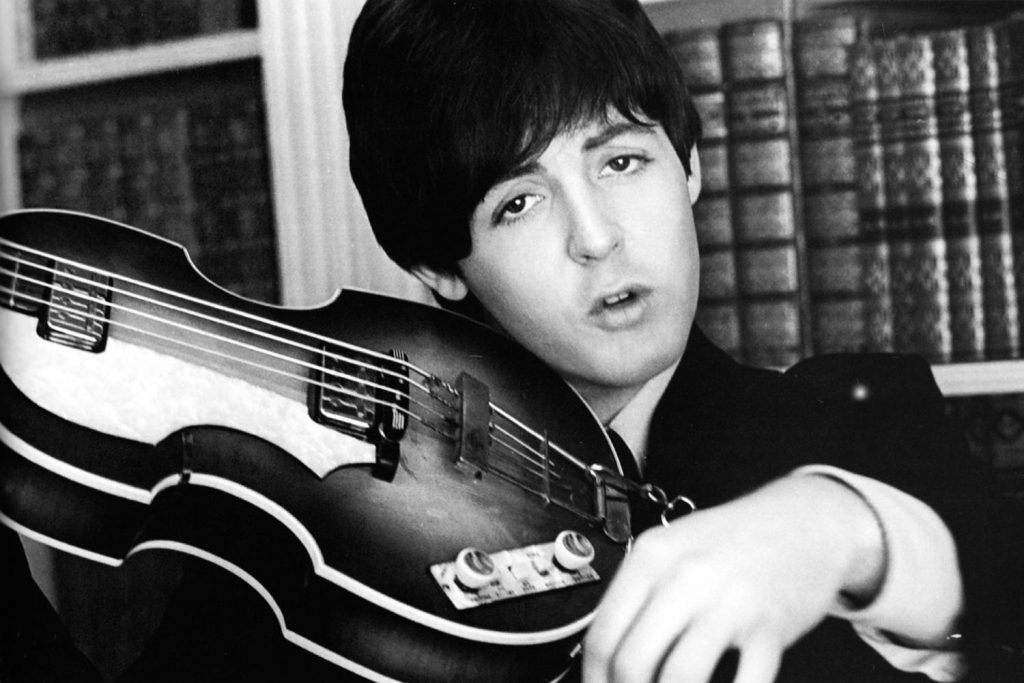
Figure A is in a latin style and contains notes from a C minor 9 arpeggio. Remember, lines such as this one that don’t have open strings can be easily transposed quickly by moving them up or down the neck. Try moving it up to work over Dm9 or Em9 by moving the patterns up 2 or 4 frets respectively.
For some solid quavers in a hard rock style try Figure B. Based around E minor you can use fingers with your right hand or try a pick for some edgier attack. Try to get the quavers as even as possible for a smooth and owing sound.
Figure C uses dominant 7th patterns. Common in jazz, blues and rock and roll these type of sounds work well both in a straight and swung 8th note feel. The dominant 7 arpeggio has been the basis for many famous bass lines so make sure you familiarise yourself with the scale degrees 1, 3, 5 and B7.
Rhythmic variation can add interest and don’t think you always have to start on the root note. The opening bar of Figure D starts on the major 7th of C and then descends through a major 7th arpeggio. This example could work in a funk or fusion context and make sure you try it at a variety of tempos to see what works best. Arpeggios are just notes of a chord so although we might not often play actual chords on bass, they’re nothing to be afraid of – enjoy!







